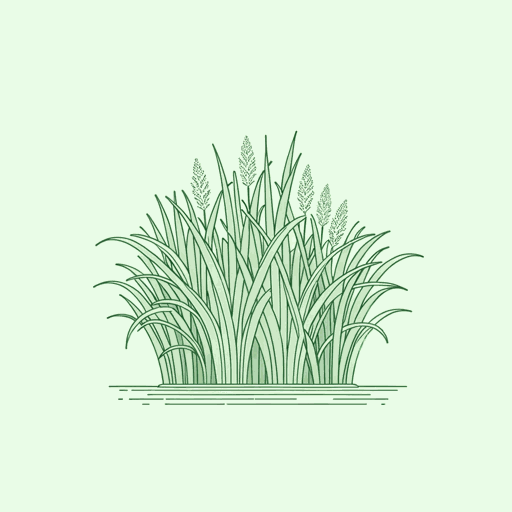82 pages • 2 hours read
Jean ToomerCane
Fiction | Novel | Adult | Published in 1923A modern alternative to SparkNotes and CliffsNotes, SuperSummary offers high-quality Study Guides with detailed chapter summaries and analysis of major themes, characters, and more. For select classroom titles, we also provide Teaching Guides with discussion and quiz questions to prompt student engagement.
Before Reading
Reading Context
Use these questions or activities to help gauge students’ familiarity with and spark their interest in the context of the work, giving them an entry point into the text itself.
Short Answer
1. The literary movement of Modernism is often associated with literature in the post-World War I (WWI) era (though its roots can be seen in late 19th- and early 20th-century works). What type of literature was produced during this movement? In particular, what themes characterized Modernist works? Name 4-5 notable authors who represent this literary era.
Teaching Suggestion: To prepare students for discussion of the theme of Modernism and Black Women’s Bodies, a review of Modernism as a movement may be helpful. Modernism in literature arose by the early 1900s and was impacted by the sense of destruction of WWI and the post-war era. Some of the major themes included a rejection of Victorian norms and ideals, the failings of industrialization, and the harsh reality of the postwar world. Furthermore, many authors experimented with the nonlinear passage of time as well as textual styles, such as British writer Virginia Woolf. Toomer’s text experiments with style, including some passages with a stream-of-consciousness approach. Other notable writers whom students might briefly review include Gertrude Stein, Ernest Hemingway, James Joyce, Franz Kafka, Zora Neale Hurston, and Nella Larsen.


